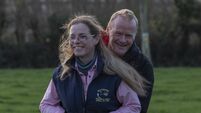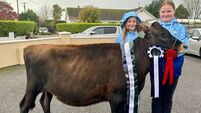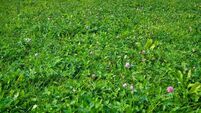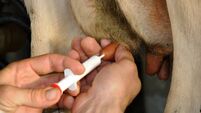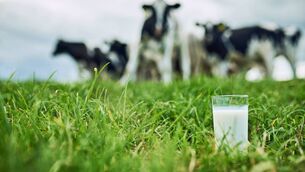Back to school on the Hynes' farm
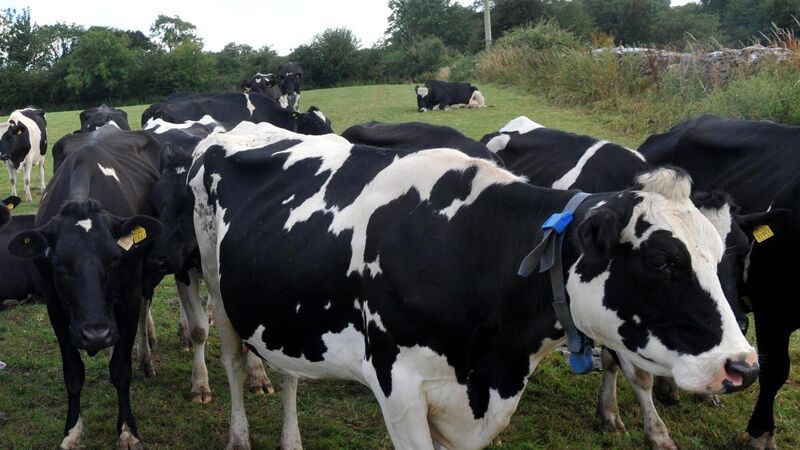
A healthy herd makes life easier on the farm but also reduces the workload and I know our vets feel a part of the show team as well. Picture: Larry Cummins
Time flies and I don’t know where the year has gone.
For most people all the focus is on preparing for back to school and yes we too have a little eye on the school uniform, etc, but we are also in the thick of the drying of a few cows and full dry cow diets.

